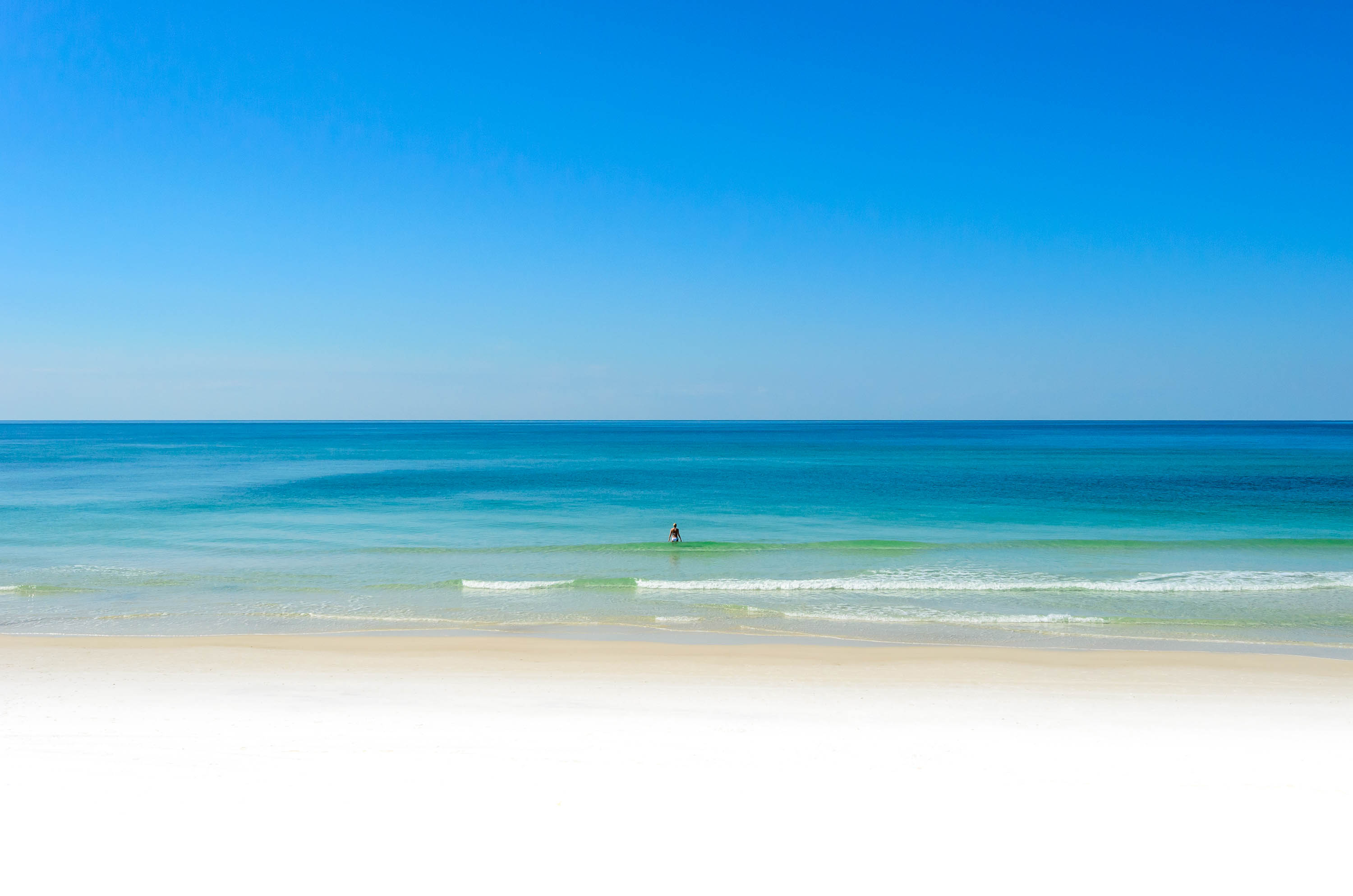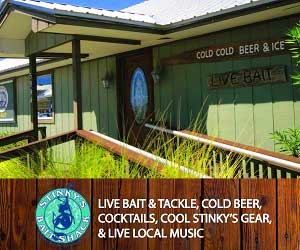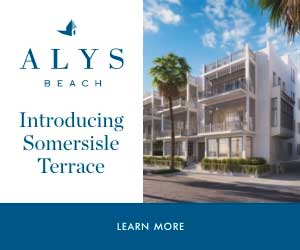[font=Verdana,Arial]As more storms loom, state seeks insurance solution[/font]
[font=Verdana,Arial][font=Verdana,Arial]TALLAHASSEE, Fla. -- Feb. 22, 2006 -- Scientists say Florida is in the throes of a two-decade cycle of increased hurricane activity.[/font]
[font=Verdana,Arial]Building and rebuilding along the state's shores continue despite two destructive hurricane seasons. Florida has nearly $2 trillion in coastal property, more than New York and California.[/font]
[font=Verdana,Arial]Floridians subsidize insurance policies on risky coastal development like never before. Private insurers are pulling out of the state as consumer-backed Citizens Property Insurance Corp., designed to be an insurer of last resort, edges closer to becoming Florida's largest insurer.[/font]
[font=Verdana,Arial]It's a formula for financial disaster if a major hurricane were to strike Miami or the Tampa Bay area.[/font]
[font=Verdana,Arial]Now residents and insurance analysts are questioning the unrestrained building on the coast, and whether all residents should continue to pay for rebuilding after the storms.[/font]
[font=Verdana,Arial]The issues of insurance and development are deeply intertwined in the Sunshine State. Floridians can't build with the same vigor if insurers refuse to cover those coastal properties.[/font]
[font=Verdana,Arial]In two weeks, these issues promise to take center stage when the Legislature meets. The debate also is simmering in Washington.[/font]
[font=Verdana,Arial]"It's one of the biggest issues out there," said Florida House Speaker Allan Bense, R-Panama City. "There are no easy answers, so we're going to have to get creative."[/font]
[font=Verdana,Arial]Should there be a limit on the number of times coastal residents can receive reimbursement from Citizens for rebuilding?[/font]
[font=Verdana,Arial]Charles Pattison doesn't care if people want to live along Florida's vulnerable coastline. But as executive director of 1,000 Friends of Florida, a nonprofit watchdog on smart growth, he is concerned about inland residents continuing to subsidize the cost of coastal damage.[/font]
[font=Verdana,Arial]Pattison recommends offering coastal property owners a one-time, full-assistance package, allowing them to rebuild but ceasing public aid for future damage. That provision would extend to future owners of the same property.[/font]
[font=Verdana,Arial]The second approach would be to reduce aid incrementally from 100 percent to 75 percent to 50 percent and so on for repeat disasters.[/font]
[font=Verdana,Arial]"The goal is to reduce state, local and public insurance costs while placing a greater burden on those choosing to live in the most hazardous coastal areas," he said.[/font]
[font=Verdana,Arial]If you can't block development, why not buy it out?[/font]
[font=Verdana,Arial]Instead of trying to limit coastal development, some experts suggest purchasing properties near the water after they have been damaged.[/font]
[font=Verdana,Arial]Jeff Wade, director of the environmental division of the University of Florida's Center for Governmental Responsibility, recommends getting creative with acquisition.[/font]
[font=Verdana,Arial]You could try to buy the land outright. "That's probably the most clear-cut," he said. "The people who had been living there would receive some level of predetermined compensation for what happened. Then you try to return the area to the state."[/font]
[font=Verdana,Arial]That can be costly, Wade said, so he also suggests transferring development rights from coastal properties that sustain repeat damage to areas inland.[/font]
[font=Verdana,Arial]Local government leaders would approach the owner and suggest a deal. "We will give you equivalent or greater development rights in an area that's more appropriate," he said.[/font]
[font=Verdana,Arial]Are lower insurance rates going to be part of the solution?[/font]
[font=Verdana,Arial]That's unlikely. Insurance experts agree that Florida's rates are too low for the risks the state faces. Florida has been hit by eight hurricanes in two years, and insurance companies have paid billions in claims. Already, they have been forced to use premiums from policyholders in other states to refill the coffers of their Florida-based companies. High payouts have prompted many insurance companies to pull out of the state.[/font]
[font=Verdana,Arial]Robert Hartwig, chief economist for the Insurance Information Institute in New York, said insurance rates need to double in most areas before private insurers will feel comfortable writing more policies in the state. To lure more insurers to Florida, Rep. Dennis Ross, R-Lakeland, has proposed an overhaul of the insurance industry that would allow insurers to increase rates 10 percent to 25 percent in some areas without needing approval from state regulators.[/font]
[font=Verdana,Arial]What can be done to make Citizens smaller and reduce the risk for a surcharge on all insurance policies after a storm hits?[/font]
[font=Verdana,Arial]Several lawmakers want to prohibit Citizens from insuring homes worth more than $1 million, saying there are plenty of private companies that will cover those homes. Citizens insures 6,024 homes in the state worth more than $1 million. Combined, they are insured for $13.7 billion.[/font]
[font=Verdana,Arial]Ross has offered what surely will be among the most controversial insurance proposals that lawmakers will begin considering next month.[/font]
[font=Verdana,Arial]Ross wants to require nonresident homeowners with Citizens to pay dramatically higher rates and assume more costs for hurricane rebuilding than permanent residents covered by the insurer.[/font]
[font=Verdana,Arial]Under the plan, nonresidents would be charged rates that coincide with the risks their properties face, which means their rates would probably double.[/font]
[font=Verdana,Arial]Also, Citizens would levy a surcharge on nonresidents if it ran out of money paying hurricane claims for those policyholders.[/font]
[font=Verdana,Arial]The idea is novel, but there would be administrative problems to overcome.[/font]
[font=Verdana,Arial]Citizens spokesman Justin Glover said the insurer does not know how many properties it covers that are owned by nonresidents.[/font]
[font=Verdana,Arial]Is there an option other than surcharges to bail out Citizens?[/font]
[font=Verdana,Arial]Some lawmakers and state leaders want to use part of a $3.2 billion budget windfall to wipe out some or all of Citizens' deficit.[/font]
[font=Verdana,Arial]Florida Chief Financial Officer Tom Gallagher, who was a key player when Citizens was created, has proposed using extra sales tax money collected after the storms to wipe out Citizens' losses.[/font]
[font=Verdana,Arial]But Gov. Jeb Bush, who would probably have the final say on a taxpayer bailout, has opposed the idea, saying he favors giving the windfall back through tax cuts and rebates rather than throw money at the troubled insurer.[/font]
[font=Verdana,Arial]That wouldn't solve problems for Citizens if another hurricane hit the state.[/font]
[font=Verdana,Arial]"Maybe that is the thing to do this one time," Pattison said of using the surplus sales tax. "If that's true, what is it we're putting in place that prevents it from happening again?"[/font]
[font=Verdana,Arial]What other steps could lawmakers take to help Citizens be self-sufficient?[/font]
[font=Verdana,Arial]Texas officials took a unique approach to prevent its insurer of last resort, the Texas Windstorm Insurance Association, from running out of money after storms. The windstorm insurance program won't cover coastal property built or substantially remodeled after 1988 without a certificate stating that it meets the latest building code.[/font]
[font=Verdana,Arial]The program was designed to guarantee that eventually all coastal properties will be more stormproof. Citizens does not require such certificates and has minimal authority to reject coverage. For instance, it is not required to insure homes built over water.[/font]
[font=Verdana,Arial]Only 12 percent of homes in Texas' coastal counties are certified and allowed to buy insurance from the state's wind pool.[/font]
[font=Verdana,Arial]The Florida Panhandle is allowed to build to a weaker building code than the rest of the state. Could that change?[/font]
[font=Verdana,Arial]Florida insurance experts and some lawmakers agree it doesn't make sense to allow the Panhandle to build homes that are less storm-worthy than the rest of the state, which keeps home prices low but increases risk for storm loss.[/font]
[font=Verdana,Arial]A key recommendation of the Task Force on Long-Term Solutions for Florida's Hurricane Insurance Market was to eliminate the Panhandle's exemption from the statewide building code. The proposed change appears to have wide support in the Legislature.[/font]
[font=Verdana,Arial]How would the proposed national catastrophe program work?[/font]
[font=Verdana,Arial]State and national leaders are pushing a nationwide catastrophe program to spread the financial risk for hurricanes, earthquakes and other disasters over more of the country. Congress would need to approve the program, which now seems doubtful.[/font]
[font=Verdana,Arial]Candace Thorson, spokeswoman for the National Conference of Insurance Legislators, said the proposal has not generated much interest among lawmakers in Washington.[/font]
[font=Verdana,Arial]Under the plan, consumers would buy a policy that includes coverage for hurricane and earthquake damage along with flood insurance from the National Flood Insurance Program. States would be required to create catastrophe funds to be used, in part, to encourage property owners to better protect their homes.[/font]
[font=Verdana,Arial]But many insurers don't think it is fair for the federal government to subsidize more risky coastal development in Florida and other states.[/font]
[font=Verdana,Arial]"Who else should pay for it?" Hartwig asked. "The people of Iowa don't want to pay for it."[/font]
[font=Verdana,Arial]What can the average homeowner do to ease the state's insurance problem?[/font]
[font=Verdana,Arial]Property owners should install storm shutters, impact-resistant glass and other features to strengthen their homes. Making a home better able to withstand a hurricane will reduce the potential loss for the homeowner and the insurer. It also helps ensure that property owners can return to their homes sooner after a storm.[/font]
[font=Verdana,Arial]The Florida building code requires only that minimum standards be met. For example, storm shutters and protective glass are not required by the code, except in Miami-Dade and Broward counties.[/font]
[font=Verdana,Arial]"What we'd like homeowners to do is ask for the right things, regardless of what the rules require," said Leslie Chapman-Henderson of the Federal Alliance for Safe Homes, a nonprofit agency based in Tallahassee.[/font]
[font=Verdana,Arial]Stronger homes can result in tangible savings for homeowners. Citizens' customers who reinforce their homes against hurricane damage could save up to 45 percent on their annual premiums.[/font]
[font=Verdana,Arial]Lawmakers will consider a proposal to create a $100 million endowment that would use interest from the account to offer no-interest loans to homeowners who want to strengthen their property.[/font]
[font=Verdana,Arial]Insurance experts say Florida should require home sellers to disclose what features the home includes to protect it against storm damage. They say consumers pay attention to safety features on cars, so it makes sense that they look for safety features on homes, too.[/font]
[font=Verdana,Arial]Copyright ? 2006, Tampa Tribune, Fla. Distributed by Knight Ridder/Tribune Business News. By Baird Helgeson and John W. Allman.[/font]
[/font]













